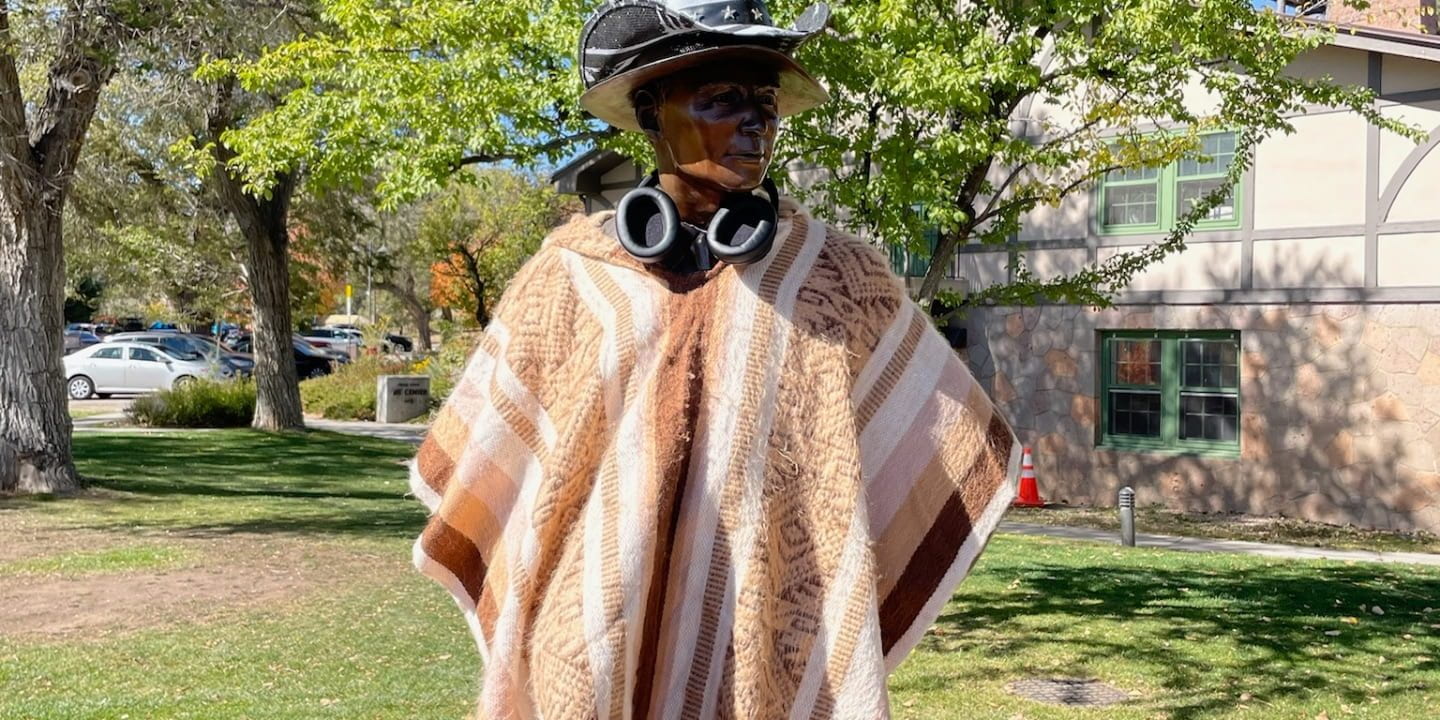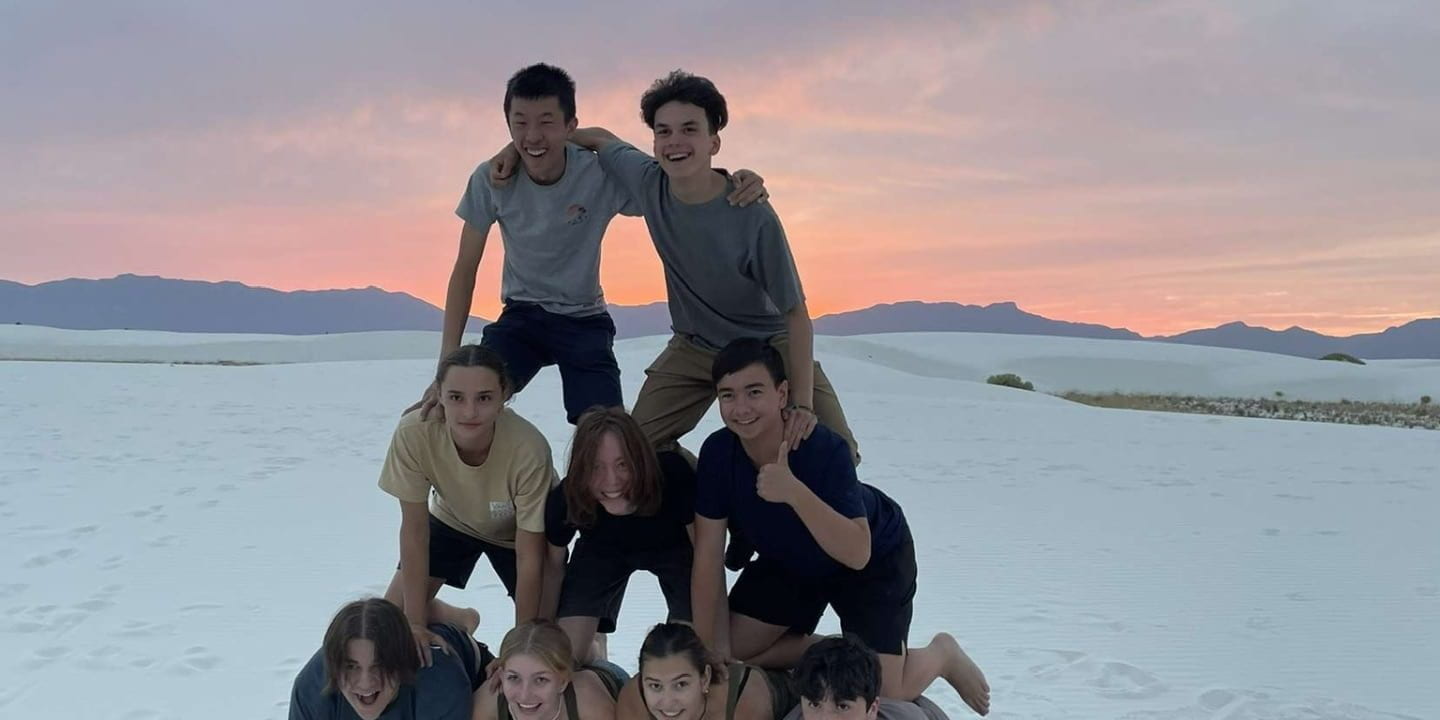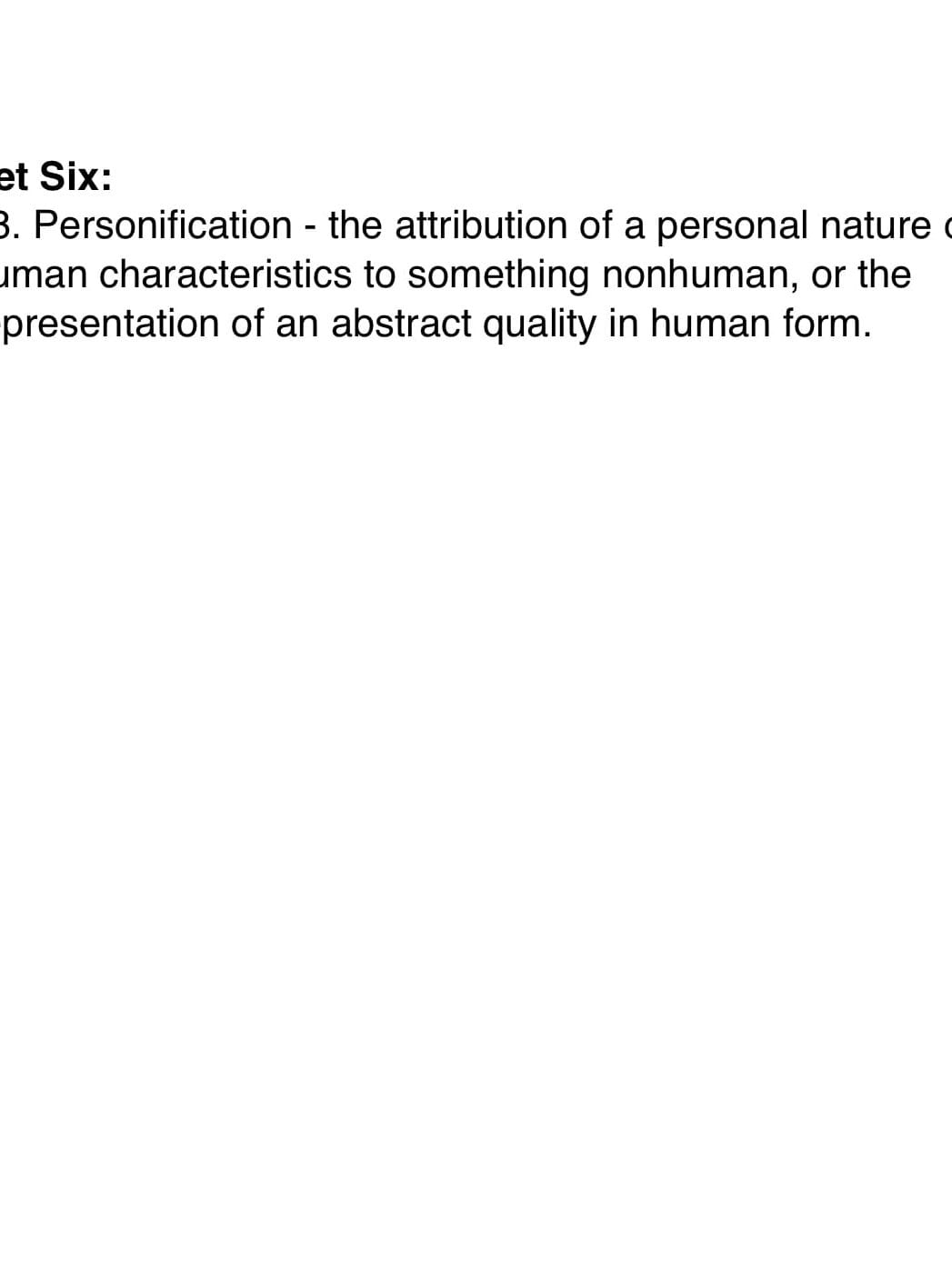Hello my dear readers,
I write to inform you of the developments from my most recent Humanities project, Fear Factor. This project has the driving question of How has fear been used as a political, defensive, and cultural tool to shape our society?, and the content was mainly surrounding the Cold War. I really enjoyed that the topics of this class were a continuation on from the knowledge we built in our Manhattan project project recently. Now I am able to have a very cohesive timeline in my head of the significant events from those eras and have a more extensive understanding of the context involved. Fear obviously also played the part in the Manhattan Project and the droppings of the bomb so it it was really interesting to be able to focus on fear going forward.
Before I get into my reflections and learnings, here’s a brief overview of the project. Over the course of the project we were learning to build a Personal Knowledge Management (PKM) system using the principles of a “Zettlekasten”. And you may be thinking, “What the heck is a Zettlekasten?!”, and the short answer is simple, a collection of notes and information, ranging from fleeting notes to profound permanent ideas linked to other knowledge. I’ll talk more about my Zettlekasten later. We also read 2 books over the course of the project, Hiroshima by John Hersey and Fallout by Todd Strasser. These books, on top of many other forms of media, were just some of the resources we analyzed to gain knowledge for our final product. The specifics of the final product were up to us, but the main idea was to create and answer a personal inquiry question on some aspect of the Cold War and fear. So now that you get a bit of an idea of the project, lets talk more in depth about what I did and what I learned.
Zettlekasten-ing
So let’s talk about my Zettlekasten and PKM. At first the Zettlekasten style of note taking was a lot to get used to, but now I really love how I’ve been able to organize and link my notes. I found I have also been more engaged in the class material because I have been taking more time outside of school to synthesize my notes and use my own words to construct more rounded ideas about certain topics or events. I also found myself linking to more literature while researching. As new connections form, I now have an easy way to jot down an idea in a place where I know I will be able to go back and make something more out of it. Overall super excited to continue to use my Zettlekasten for upcoming projects!
Agriculture in the Cold War
After watching episode 2 of Turning Point: The Bomb and The Cold War, I was incredibly intrigued by the mention of Kulaks and Soviet farming. I previously have read Anna Karenina and it is one of my favourite books so I immediately connected the book as another piece of literature that I can drawn to understand the life of farmers in Soviet countries. Originally I had planned on doing my final product about “othering” and propaganda in America about the Japanese, but after learning more about agriculture during the Cold War, I decided that it was worth my time to redo everything and switch to a topic that I was genuinely interested in!
My personal inquiry question became; “How did agriculture and food security change and cause fear in the Cold War?”. The people who will want to read this could be anyone interested in agriculture or the Cold War, my teachers, peers, and family. I want to engage my audience by creating emotional connections by humanizing complex issues, having an interesting and engaging plot, and including my research and answer to my question. I ended up wanting to write two fictional short stories about two families. One family in America during the Green Revolution during the Cold War, and one Soviet farmer family. At first I had a creative burst and was able to get one of the stories drafted quite quickly, but as the deadline drew closer, I realized that trying to write a short book in just two weeks is not a lot of time. But after a lot of creative thinking, peer critique, and writers block, I came up with the final story that I have now. I’ll link it below and feel free to give it a read. It’s not too long.
Conclusion
Throughout the course of this project I noticed major growth for me in my note-making and knowledge management skills. My Zettlekasten and new ways of organizing knowledge are definitely my biggest take-aways from this project and I am now looking to beef-up my notes for all my other classes so I can have something to look back on easily for information that I have gathered. Thank you for taking the time to read my blog post and check out the book if you haven’t already!
As Always,
Brooke













